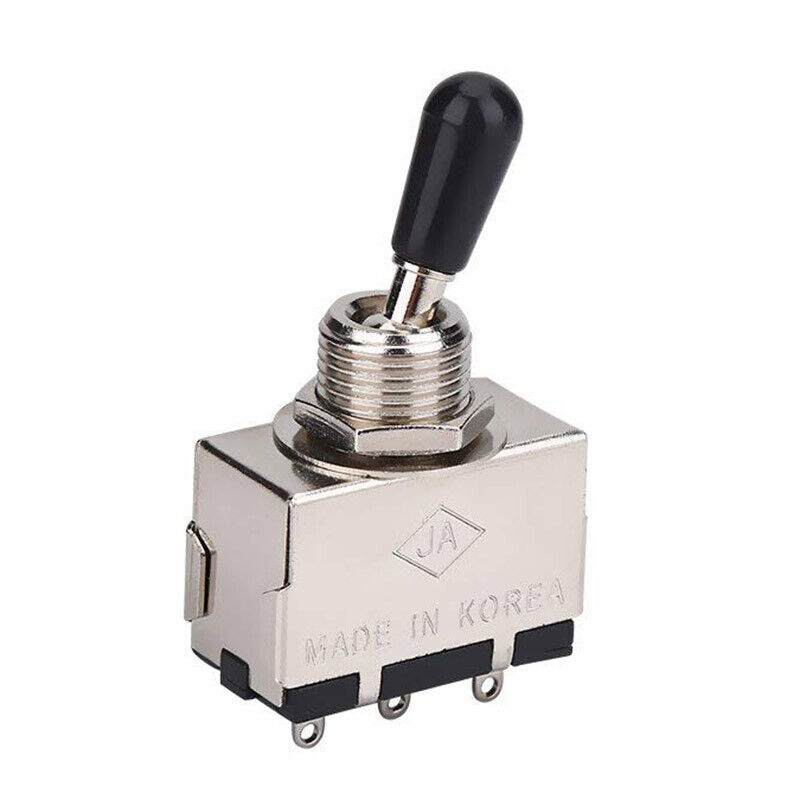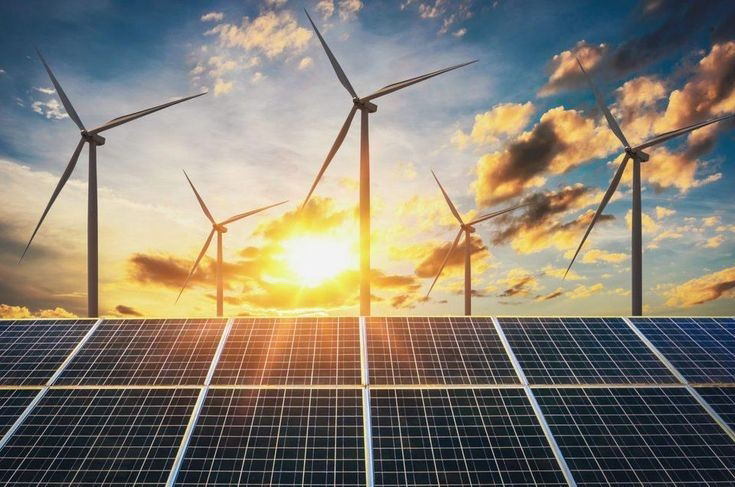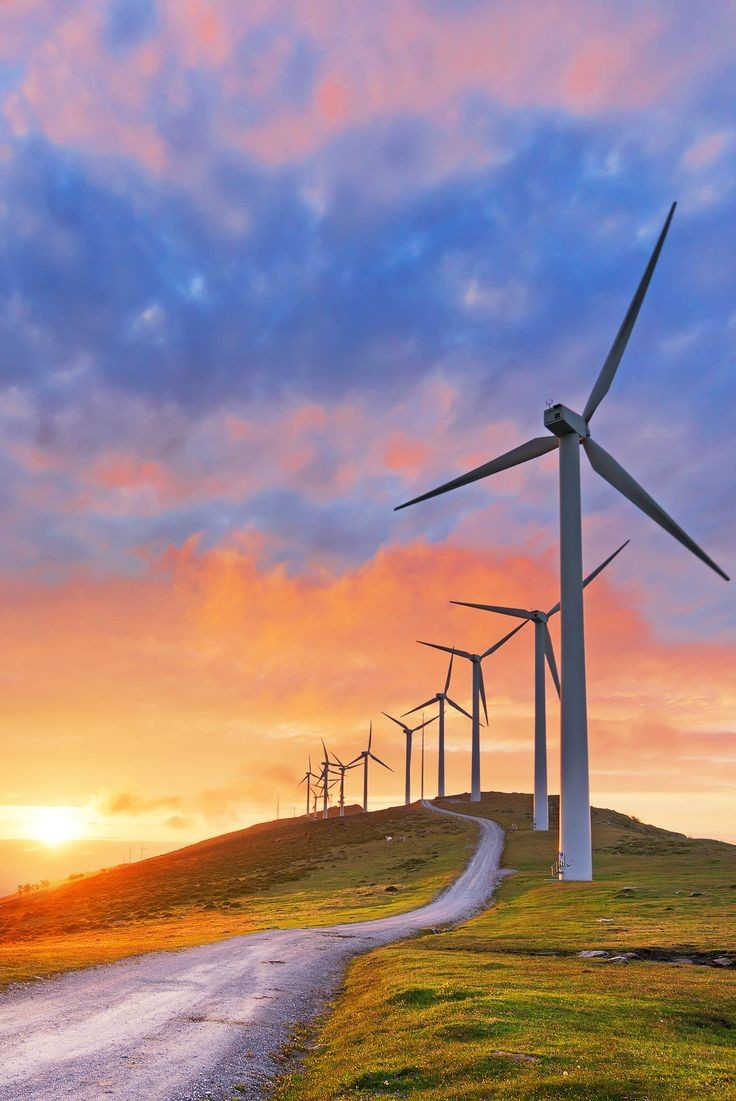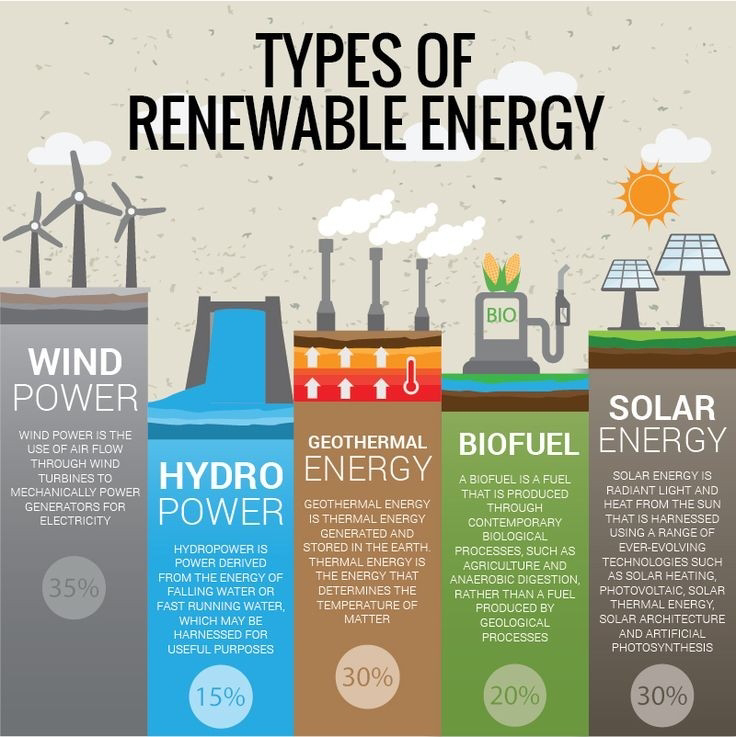Estimating the energy output of a photovoltaic (PV) plant involves several factors, including the location, orientation, efficiency of the PV panels, and weather conditions. Let me explain each of these factors in more detail.
1. Location: The amount of solar irradiation that a PV panel receives is determined by its geographic location. The amount of solar irradiation is measured in kilowatt-hours per square meter per day (kWh/m²/day) and is affected by factors such as latitude, altitude, and weather patterns. The closer a location is to the equator, the more sunlight it will receive.
2. Orientation: The orientation of the PV panels also affects the amount of solar irradiation that they receive. Ideally, the panels should be facing toward the equator, and the tilt angle should be equal to the latitude of the location. This will maximize the amount of solar energy that the panels can absorb.
3. Efficiency: The efficiency of the PV panels is another factor that affects the energy output of a PV plant. The efficiency of a panel is the percentage of sunlight that is converted into electrical energy. Generally, higher-efficiency panels will produce more energy than lower-efficiency panels.
4. Weather conditions: The amount of sunlight that a PV plant receives is affected by weather conditions such as cloud cover and temperature. Cloudy days will reduce the amount of solar irradiation that the panels receive, while high temperatures can reduce the efficiency of the panels.
To estimate the energy output of a PV plant, we can use a tool called a performance model. A performance model is a mathematical model that takes into account the various factors that affect the energy output of a PV plant, including location, orientation, efficiency, and weather conditions. The output of a performance model is the expected energy output of the PV plant, usually expressed in units of kilowatt-hours (kWh).
There are different types of performance models, but they all generally use the same basic inputs. These inputs include:
1. Solar irradiation data: This is data that provides information about the amount of solar irradiation that a PV panel receives at a particular location. Solar irradiation data is typically measured in units of kilowatt-hours per square meter per day (kWh/m²/day) and can be obtained from sources such as weather stations or satellite data.
2. PV panel specifications: This includes information about the efficiency and performance characteristics of the PV panels that will be used in the plant. This information can be obtained from the panel manufacturer or from independent testing organizations.
3. System design data: This includes information about the orientation and layout of the PV panels in the plant, as well as other system design details such as the inverter efficiency and losses due to wiring and shading.
4. Weather data: This includes information about the weather conditions at the location of the PV plant, including temperature, humidity, wind speed, and cloud cover.
Using these inputs, a performance model will calculate the expected energy output of the PV plant. The accuracy of the performance model will depend on the quality and accuracy of the inputs, as well as the complexity and sophistication of the model itself.
In addition to using a performance model, it is also common to use actual data from the operation of the PV plant to estimate its energy output. This is done by measuring the actual energy output of the plant over a period of time and comparing it to the expected energy output calculated by the performance model. If there are significant differences between the expected and actual energy output, adjustments can be made to the performance model to improve its accuracy.
here are a few more details on how the energy output of a PV plant can be estimated:
1. Inverter efficiency: The efficiency of the inverter, which converts the DC power generated by the PV panels into AC power that can be used by the electrical grid, can also affect the energy output of the PV plant. Inverter efficiency is the ratio of AC power output to DC power input and is typically around 95-98%.
2. Shading and obstructions: Shading and obstructions, such as nearby buildings or trees, can reduce the amount of sunlight that reaches the PV panels and therefore reduce the energy output of the PV plant. A shading analysis can be conducted to identify areas of the PV array that are shaded and to determine the extent of the shading.
3. Temperature: The efficiency of PV panels decreases as temperature increases. The amount of energy produced by the PV panels can be reduced by 0.5% for every degree Celsius above 25°C. Therefore, the expected temperature at the location of the PV plant should be taken into account when estimating the energy output.
4. Degradation: Over time, PV panels can degrade and lose efficiency. This degradation can be caused by various factors, such as exposure to UV radiation and high temperatures. The rate of degradation can vary depending on the type of PV panel and the environmental conditions at the location of the PV plant.
Overall, estimating the energy output of a PV plant requires taking into account multiple factors, such as location, orientation, efficiency, weather conditions, and system design. By using a performance model and actual data from the operation of the plant, it is possible to estimate the energy output of the PV plant with a reasonable degree of accuracy.




















